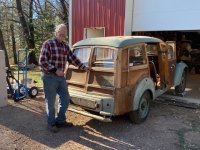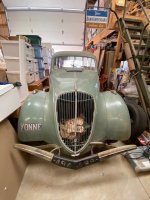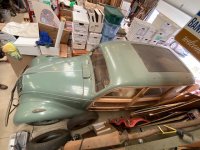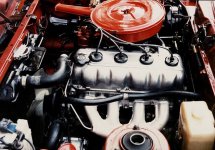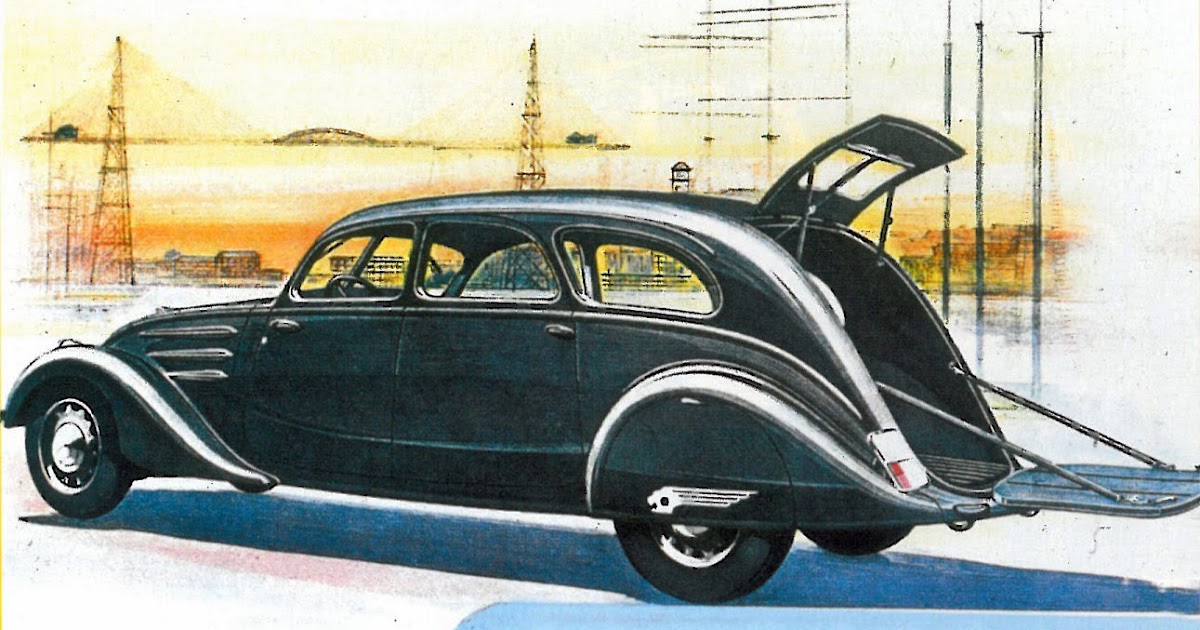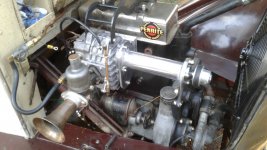My friend, who is not very active online, just purchased this 1948 Peugeot 202 wagon and is looking for information for its restoration.
It came with the stock 1,133 cc engine and manual 3 speed transmission. Unfortunately the engine is shot and the previous owner was quoted $4500 just in parts to rebuild it! Because it’s such a rare vehicle here in the US there doesn’t seem to be a lot of information available. Any thoughts on where to source technical manuals, parts and possible engine and transmission substitutions would be appreciated. My friend lives in Central California. I will try to get him to register as an aussiefrog.com user. BTW, my granny was born in Queensland!



It came with the stock 1,133 cc engine and manual 3 speed transmission. Unfortunately the engine is shot and the previous owner was quoted $4500 just in parts to rebuild it! Because it’s such a rare vehicle here in the US there doesn’t seem to be a lot of information available. Any thoughts on where to source technical manuals, parts and possible engine and transmission substitutions would be appreciated. My friend lives in Central California. I will try to get him to register as an aussiefrog.com user. BTW, my granny was born in Queensland!

